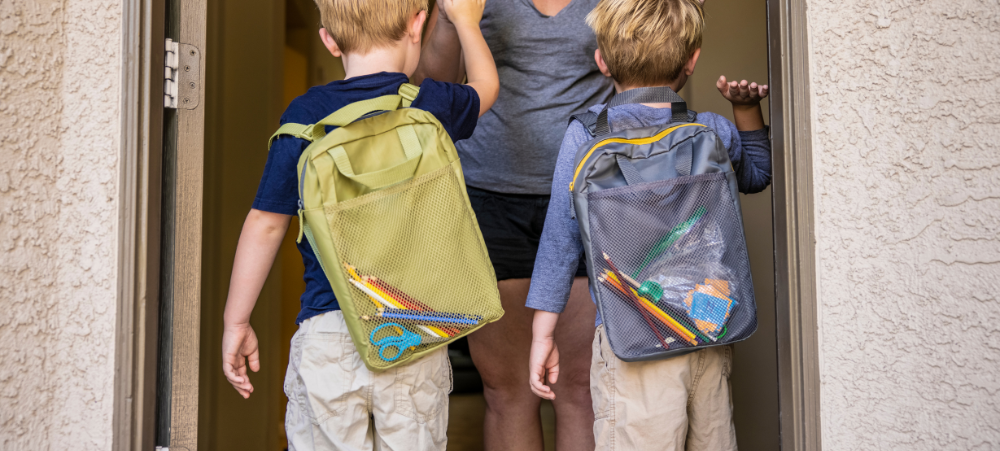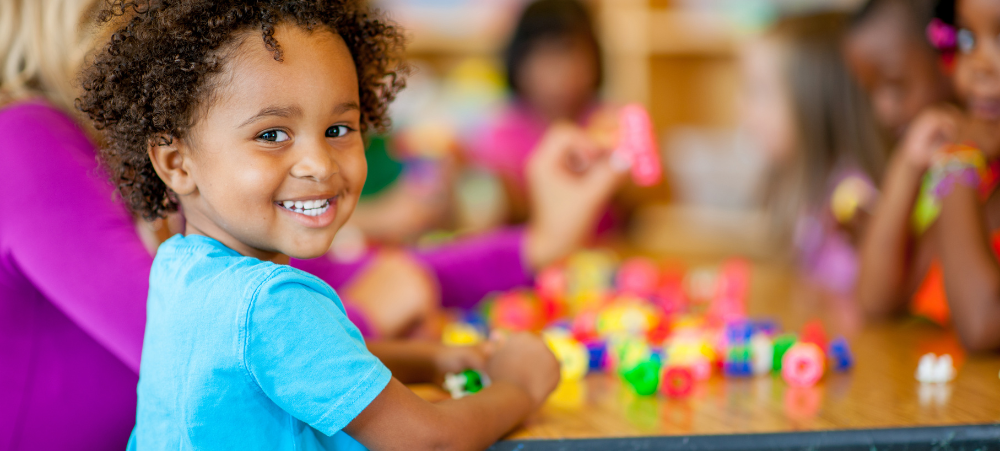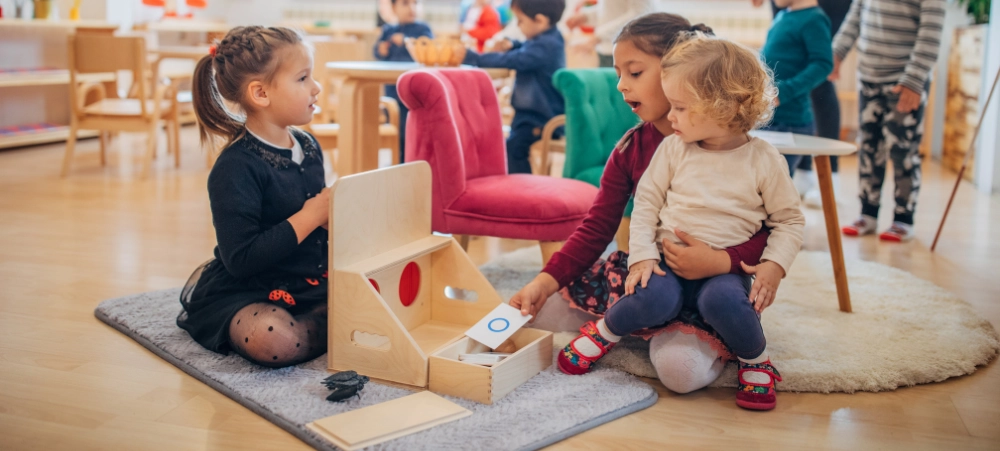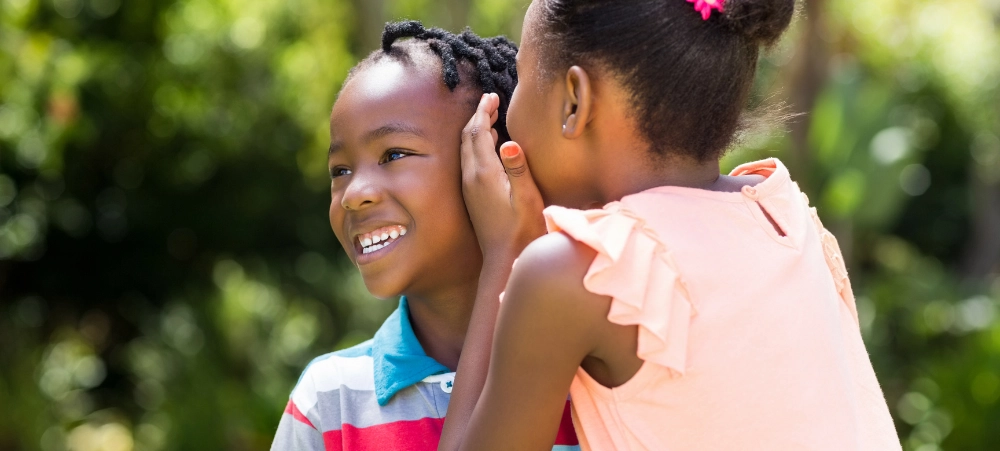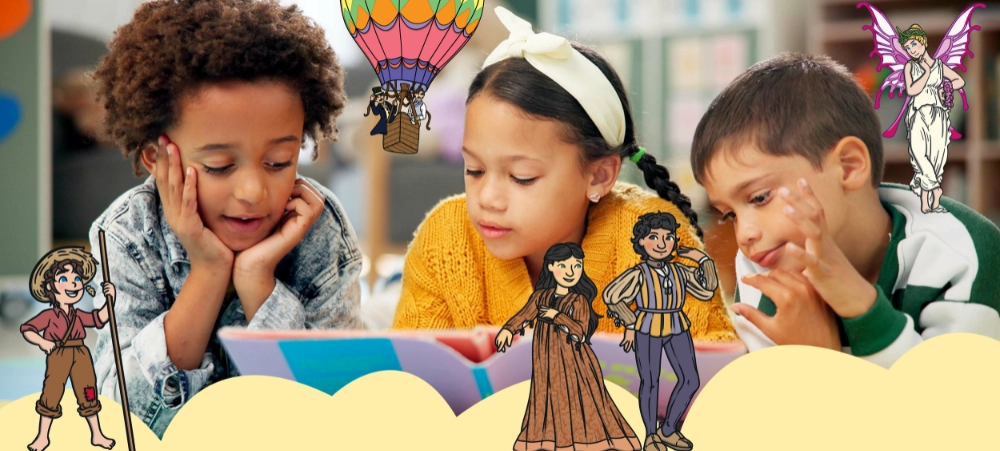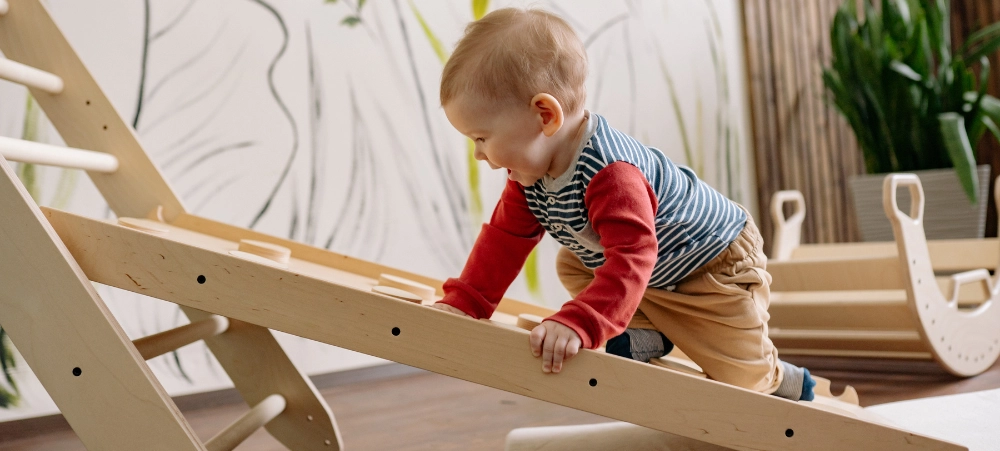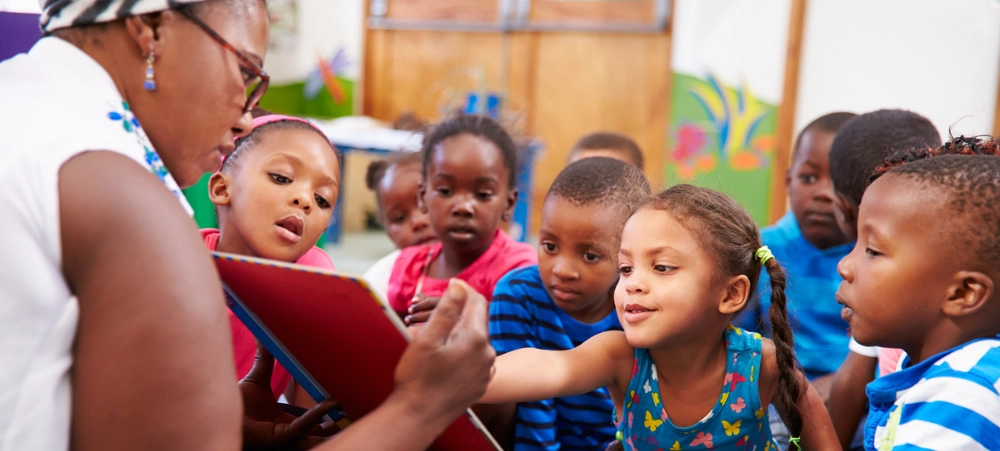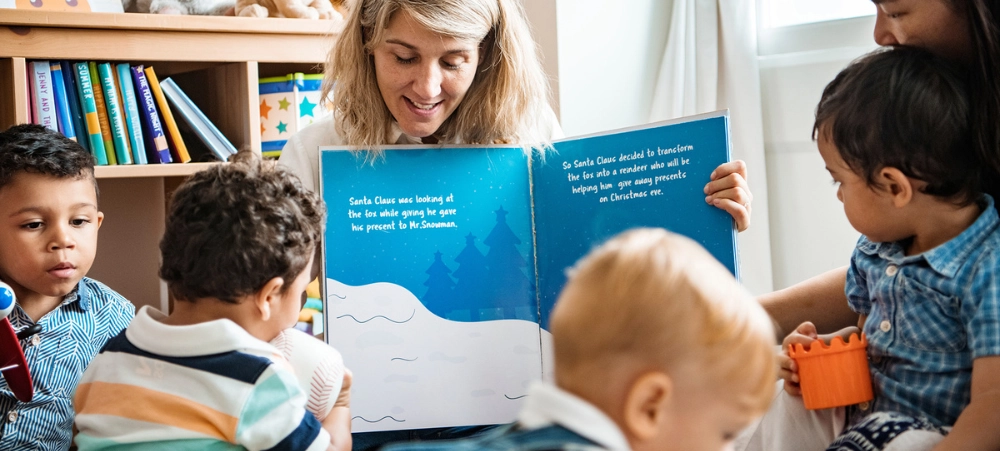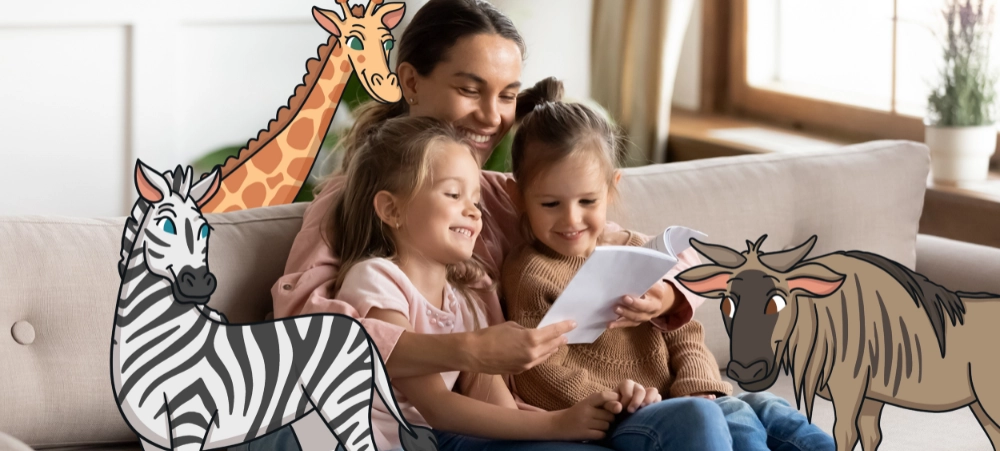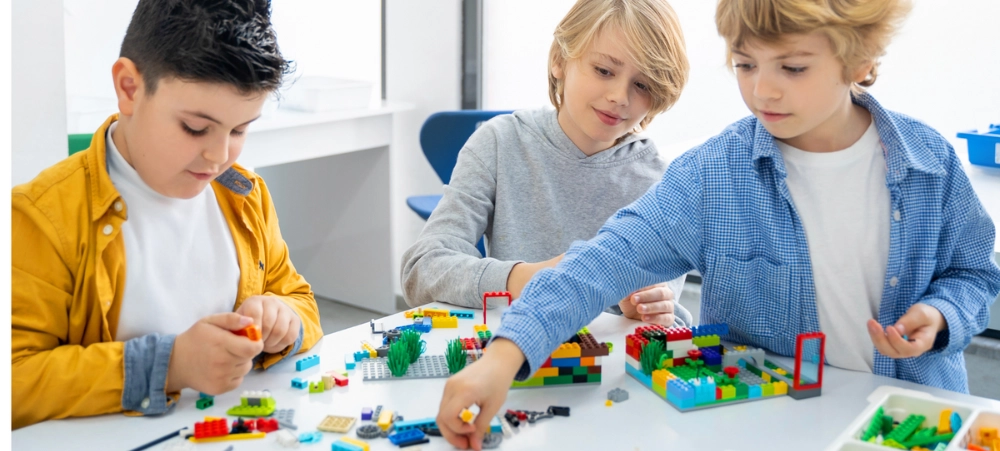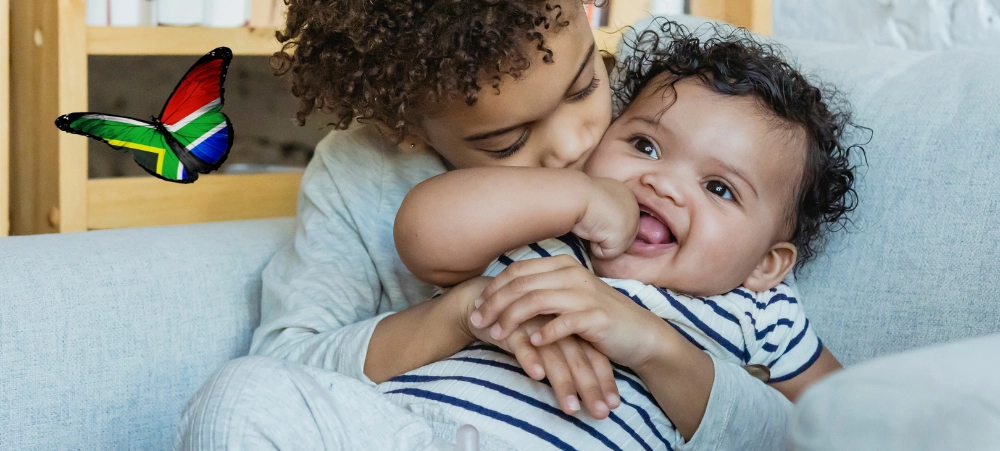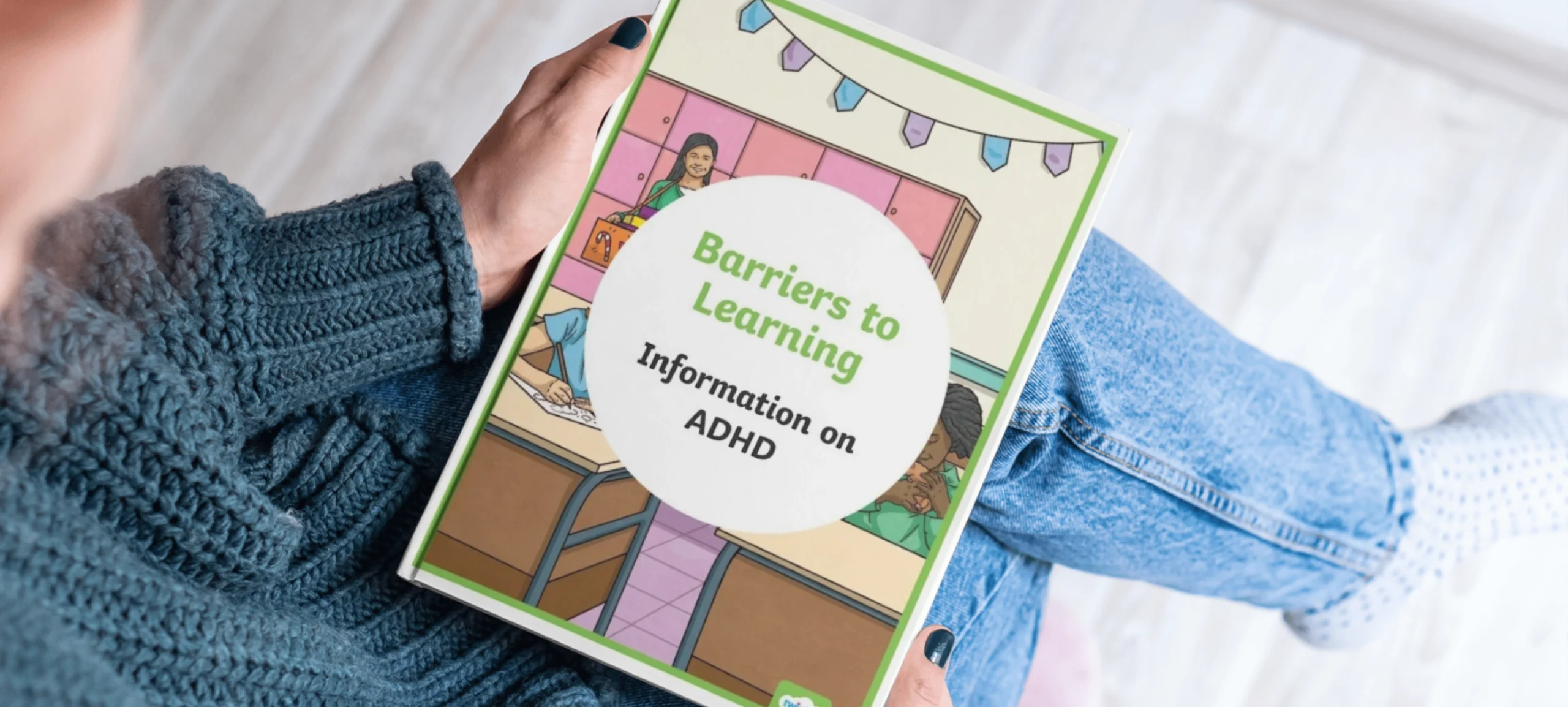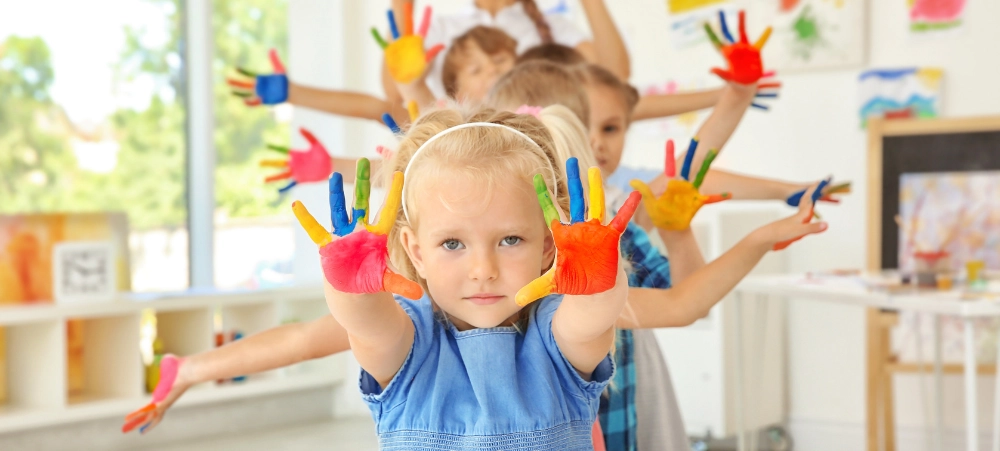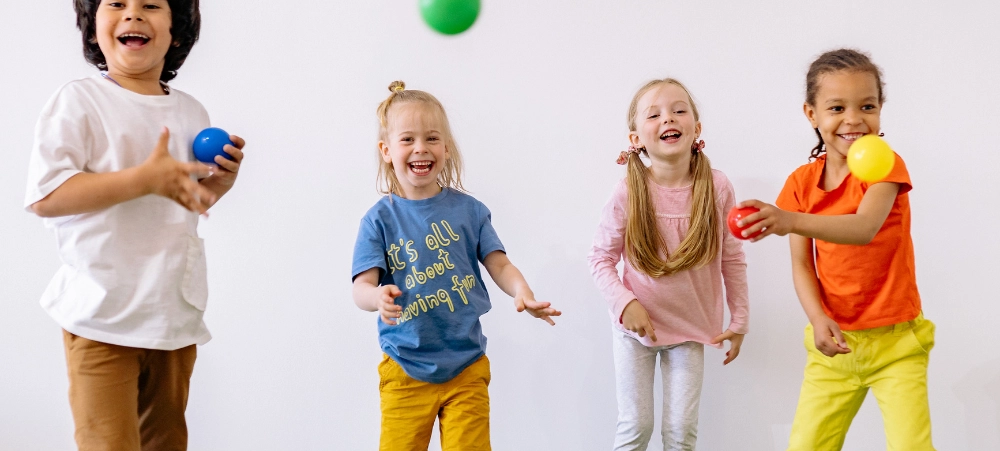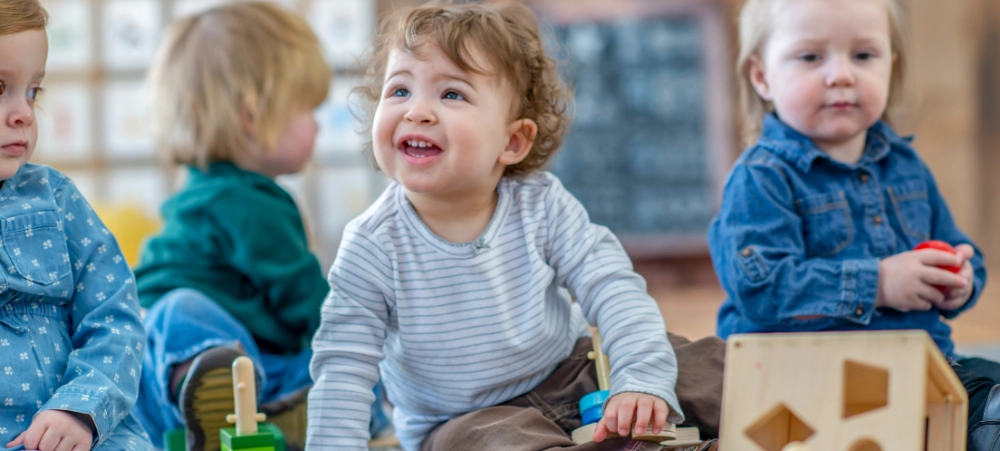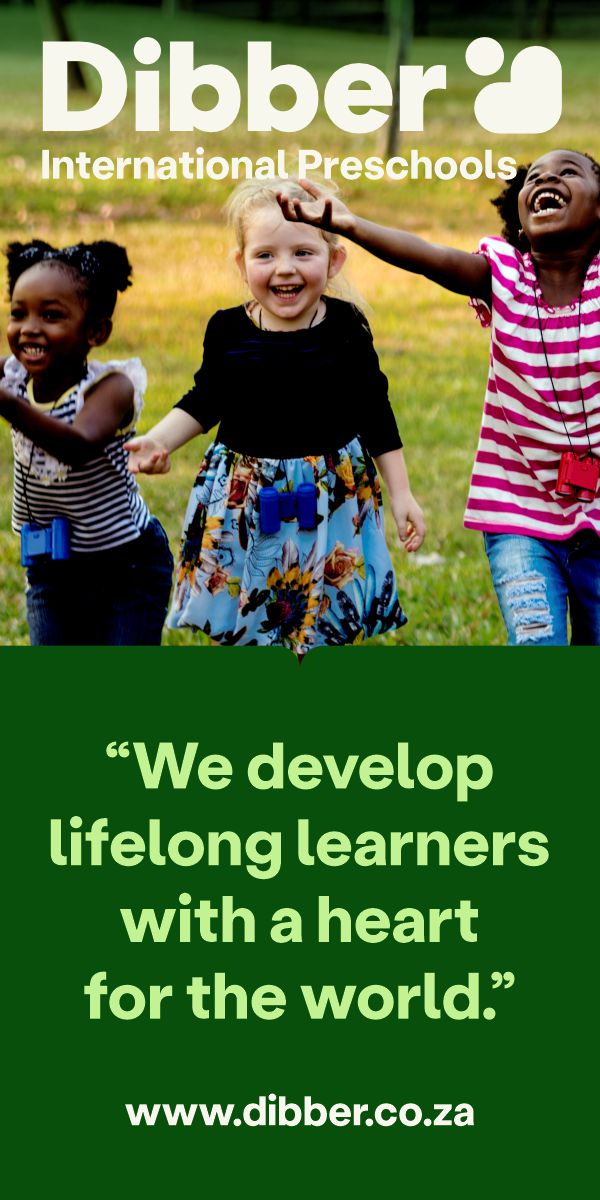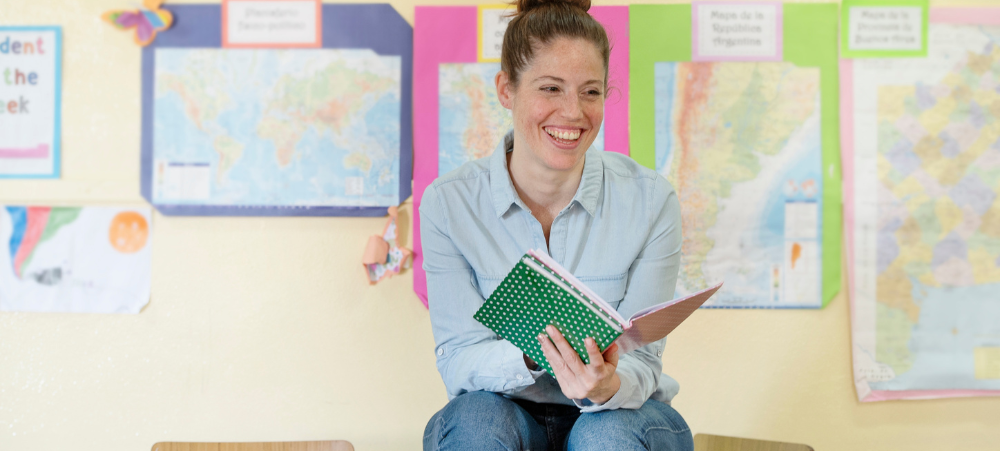
Let’s Celebrate Our Teachers
As we prepare to celebrate Teacher’s Day on the 5th of October and observe Teacher Appreciation Month, Dibber International Preschools South Africa is encouraging families to show gratitude to the educators who play such a vital role in the lives of their young children. Teachers are not only guides in early education—they are caregivers, mentors, and champions of growth during the most formative years of a child’s life. Dibber’s approach to early childhood education recognises the profound impact educators have, and this October, parents and toddlers alike are invited to celebrate their preschool teachers with small but powerful acts of kindness. “Our educators give their hearts and energy every single day to nurture, inspire, and support our children,” says Ursula Assis, Country Director of Dibber South Africa. “Teacher Appreciation Month is a perfect time to pause and reflect on the impact these dedicated individuals make—and to celebrate them in meaningful and memorable ways.” Here are five heartfelt ways families can show appreciation to teachers this month: 1. Personalised Thank You Notes Sometimes, a few simple words from a child can create an unforgettable moment. A colourful card or scribbled note can speak volumes when it comes from the heart. At Dibber Bedfordview, one group of 4–5-year-olds surprised their teacher by drawing their favourite classroom moments. “You make me smile every day,” one child wrote—words that stayed pinned on the classroom board for months. “These personal expressions of appreciation remind teachers why they do what they do,” says Assis. 2. Handmade or Thoughtful Snacks A sweet gesture can be as simple as a homemade muffin or a pack of treats with a kind note. At Dibber Bryanston, children brought banana muffins with a message saying, “You make school sweet,” much to the delight of their teacher, Miss Zanele. Whether it’s a batch of vetkoek, a koeksister, or even a small chocolate bar, food made or gifted with love is always a hit. 3. A Bouquet of Blooms Fresh flowers are a timeless way to say “thank you.” In Pretoria, children once picked wildflowers from their home gardens and brought them to class in recycled jam jars. These small, fragrant arrangements brightened the classroom and reminded teachers that their hard work was seen and valued. 4. School Supply Donations As the school term winds down, resources like crayons, glue sticks, and notepads can run low. In Midrand, one parent donated a bulk pack of art supplies during back-to-school season. The teacher later said, “It felt like a weight was lifted.” “Helping teachers with supplies is a tangible way to ease their burden and support creative learning,” adds Assis. “It shows appreciation in action.” 5. Volunteer Your Time Whether reading to a class, leading a simple workshop, or helping supervise an outing, parent volunteers can make a big difference. At Dibber Fairlands, a physiotherapist parent ran a fun movement session with the children—hopping, stretching, and balancing together to celebrate their teacher. While October is the designated month of appreciation, Dibber reminds families that educators deserve to feel supported and celebrated all year round. “Teachers shape far more than academics. They nurture a child’s self-esteem, sense of belonging, and view of the world,” says Assis. “A heartfelt thank you—even a small one—can uplift their entire day. And those gestures don’t go unnoticed.”




